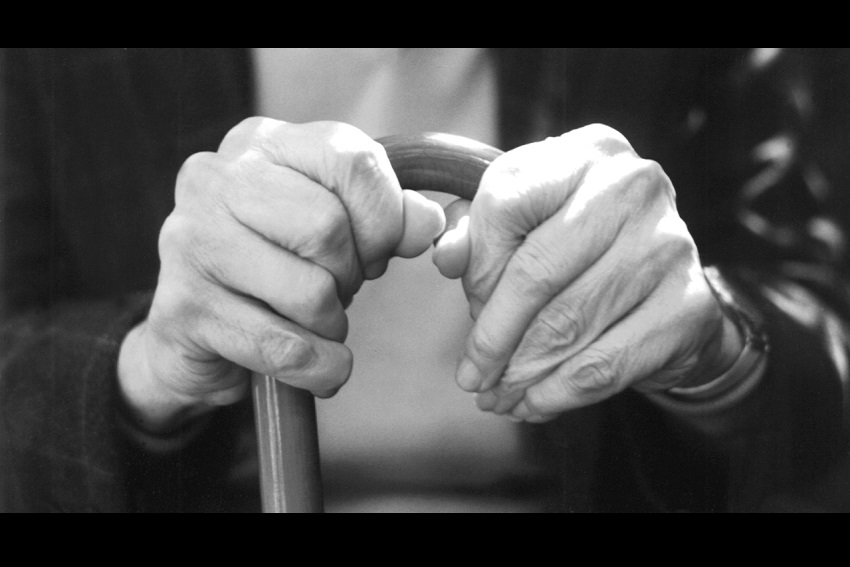Digital divide for aged care residents

A new study funded by InternetNZ shows that aged care residents are dependent on family and friends to keep them digitally connected.
Senior citizens are more digitally connected than ever. However, little is known about the online social connectivity of older people after they enter residential aged care. Residents are often omitted from surveys and reports, and their use of digital technologies remains largely invisible.
“Despite the spread of the internet, age-related gaps in digital engagement still exist. A group that is particularly vulnerable to being excluded are those living in aged care environments,” says Dr Wendy Wrapson, a social psychologist at AUT's School of Public Health and Pyschosocial Studies.
Dr Wrapson, senior research fellow at AUT’s National Institute for Public Health and Mental Health Research, is the lead author of the study, “The Social Connectedness of Older People in Residential Aged Communities,” which examines residents’ use of digital technologies to stay in touch with people.
“The research shows that family and friends play an important role in supporting and encouraging residents to use digital technologies. It is often a family member who purchases the device, arranges the wi-fi connection and sets up any software. Even if the resident doesn’t use technology themselves, family and friends will bring their own devices to share photos and videos,” she says.
Researchers interviewed the close family members and friends of older people living in an aged care facility or retirement village. This provided a more diverse sample, by including those with physical or mental disabilities who may have found it difficult to communicate their own technology use.
Altogether, the study participants provided data on 80 aged care residents in Auckland. The residents they spoke of had an average age of 86 years. They were predominantly European, and three-quarters were women. Almost half of them owned a mobile phone or computer, and their most common methods of communication on these devices were mobile calls, text messaging and email.
“Family and friends supported the use of digital technologies as a way to supplement social contact, rather than replace it. And, the frequency of their personal visits was not affected by technology use,” says Dr Wrapson.
Those interviewed noted that aged care facilities seldom provided wi-fi access for residents. Furthermore, the majority of them were not aware of any computers being available in common areas.
Family and friends consistently sought to fill the gaps themselves, but would like to see aged care operators play a more active role in providing access to digital technologies as well as technical support.
In a recent Swiss study, where wi-fi access was made freely available, 14% of aged care residents used the internet – a rate similar to those of the same age living in the community.
“Some of the newer facilities are starting to cater for the changing communication needs of their residents. Things are moving in the right direction, but we still have a long way to go before computer access is available to everyone. This deficit is particularly concerning for residents who don’t have family and friends to support their technology use, and who risk being digitally excluded,” says Dr Wrapson.
Study participants also struggled to find devices suitable for failing eyesight and arthritic hands.
“Technology is largely targeted at the youth market, but our research suggests that an opportunity exists for developers to meet the needs of the rapidly growing older demographic,” says Dr Wrapson.
Moving into a retirement village or rest home can radically affect a person’s ability to remain socially connected. The facility is often some distance from the neighbourhood where they once lived and older people can’t always travel to maintain relationships.
Low levels of social connectedness are related to poor health outcomes and higher mortality risks, together with a significant reduction in quality of life.
“Digital engagement in later life might not always be preferred or possible, but it can enhance the wellbeing of older people through more frequent social interactions and improved access to information,” says Dr Wrapson.
InternetNZ provides NZ$800,000 of funding each year, through grants and partnerships, to aid the development of the internet in New Zealand.
Jordan Carter, chief executive of InternetNZ, says: “This research stood out, as it addresses a digitally disadvantaged group and presented an opportunity to investigate the value of digital engagement for older people.”